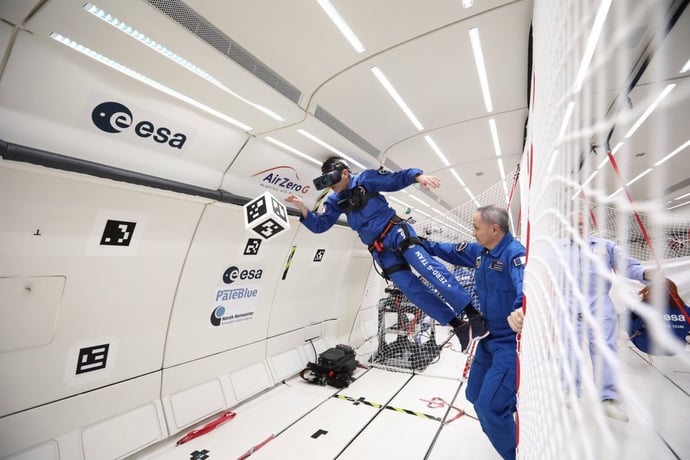Meet Framery One
The Framery One is an evolutionary step from the already wildly successful original Framery O, which can be found in fortune 500 companies and SMBs around the world.
With world-class soundproofing, Framery’s booths (ranging from single-occupant to full-sized meeting room sizes) offer an area of comfortable silence in the middle of hectic open-plan office spaces.
Dubbed ‘the connected one’, the Framery One is the brand’s latest addition to their lineup, an even more sleek and stylish unit that introduced smart features such as an integrated touch screen for reservation management or control of the internal lighting, airflow, and more.







